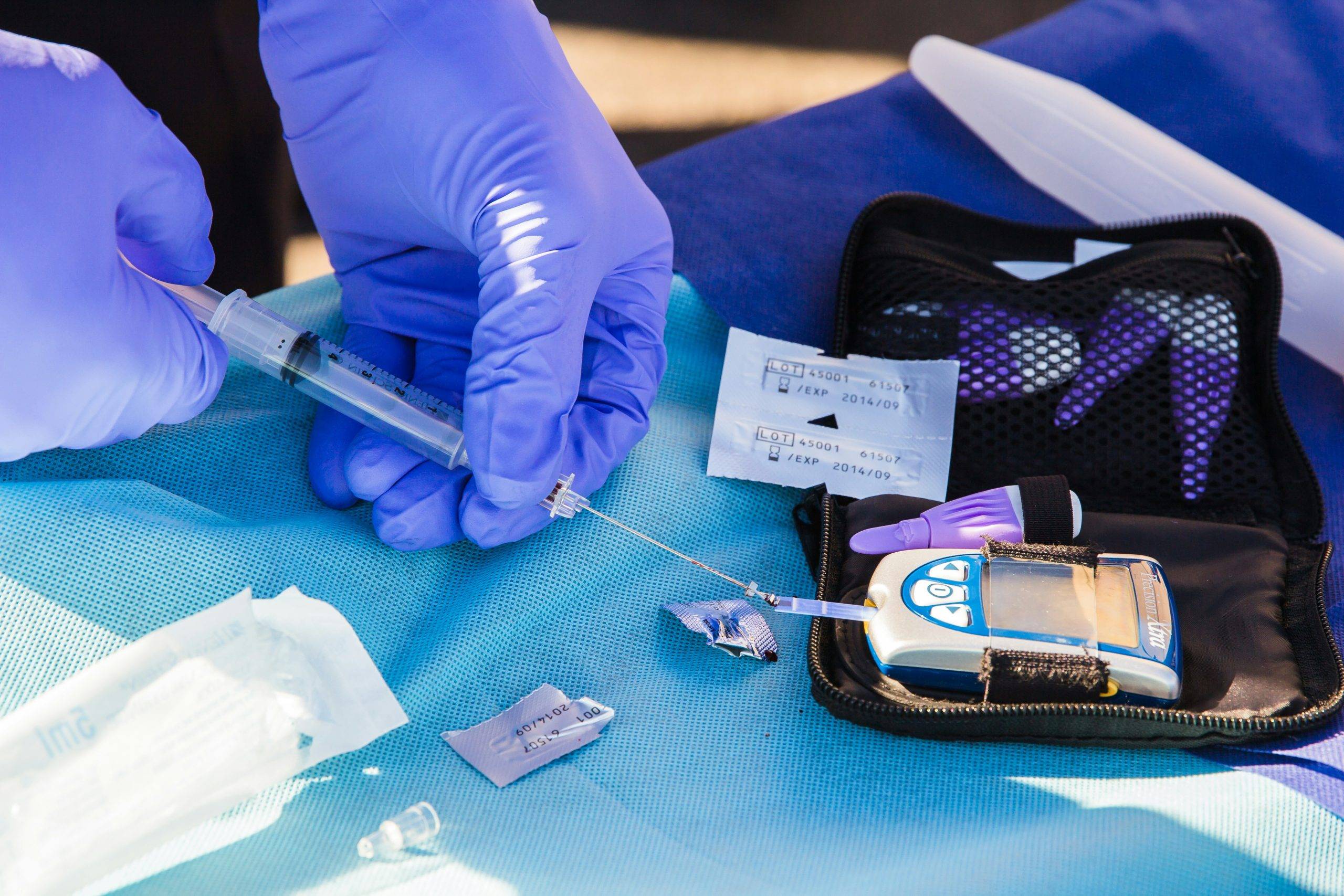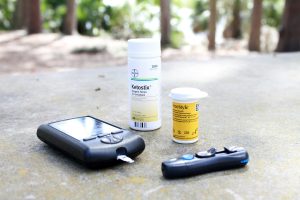Latent Autoimmune Diabetes in Adults: Understanding a Complex Condition
Latent autoimmune diabetes in adults, often referred to as simply LADA, is a form of diabetes that shares characteristics with both type 1 and type 2 diabetes, making its proper classification and treatment exceptionally intricate. Typically diagnosed in adults over the age of 30 following a gradual worsening of symptoms that could easily be confused for type 2 diabetes, its defining trait is an autoimmune component closely resembling that of type 1 diabetes, attacking and eliminating the insulin-producing beta cells of the pancreas. Given this autoimmune nature, it is vital to fully comprehend LADA and how its pathogenic mechanisms influence the strategies needed to control blood glucose levels and minimize healthcare complications.
What Defines LADA?
Latent autoimmune diabetes in adults is a type of diabetes driven by an autoimmune reaction wherein the body mounts an immune response against its own pancreas, targeting the insulin-generating beta cells for destruction in a process parallel to that underlying type 1 diabetes. However, unlike the abrupt onset of type 1 diabetes along with severe metabolic deterioration, LADA emerges more gradually over the years without rapid symptom progression, predisposing to an extended diagnostic delay despite its autoimmune roots. At the core of LADA is an immunological misidentification whereby the immune system mistakes the insulin-secreting pancreatic cells as alien and launches attacks against them, inevitably leading to a loss of insulin production and consequent hyperglycemia as the condition advances unchecked.
How LADA Contrasts from Type 1 and Type 2 Diabetes
LADA shares attributes with both type 1 and type 2 diabetes, though it is imperative to understand how it differs from each. Type 1 diabetes is an autoimmune illness causing swift and complete destruction of the beta cells in the pancreas, leading to the abrupt onset of signs in children or young adults. People with type 1 diabetes are entirely reliant on insulin therapy from the beginning.
On the other hand, type 2 diabetes is primarily a metabolic disorder wherein the body becomes resistant to insulin gradually, frequently due to lifestyle factors, for example, poor diet, physical inactivity, and obesity. While insulin production may still be normal or perhaps heightened in type 2 diabetes in the early phases, the body is unable to effectively utilize it.
In contrast, LADA is an autoimmune condition involving both an autoimmune attack on the pancreas and insulin resistance, even though the autoimmune component is more prominent than in type 2 diabetes. LADA regularly progresses slowly over time, and individuals may initially be misdiagnosed with type 2 diabetes due to its gradual onset and the fact that it occurs in adulthood. However, unlike type 2 diabetes, people with LADA will ultimately require insulin therapy as their pancreas becomes unable to produce enough insulin to regulate blood glucose levels.
Signs and Diagnosis of LADA
The signs of LADA are often subtle in the beginning and develop slowly over months or years. Initially, the symptoms may resemble those of type 2 diabetes, which can include fatigue, increased thirst, frequent urination, blurred vision, and slow-healing wounds. However, over time, as the beta cells of the pancreas become more compromised, these symptoms can worsen.
LADA often manifests when standard diabetes medication proves ineffective, which commonly treats type 2 diabetes. Those with LADA sometimes experience unmotivated weight reduction despite average or augmented eating, signifying the body’s inability to properly utilize glucose.
The diagnosis of LADA comes through a mix of observational evaluation and lab testing. A diagnostic indicator is the visibility of antibodies like anti-glutamic acid decarboxylase antibodies, present in the blood of those with LADA. Their existence demonstrates the immune system attacking the pancreas’s beta cells, a hallmark of autoimmune diabetes.
Additional evaluations, like the C-peptide test, can quantify insulin manufacture. Low C-peptide levels combined with diabetes-related antibody visibility can establish the LADA diagnosis. Because LADA advances slowly, it may take many years to acknowledge, regularly leading to postponed identification.
The Autoimmune Facet of LADA
The autoimmune aspect of LADA is among the main factors distinguishing it from type 2 diabetes. In autoimmune diabetes, the immune system wrongly targets the insulin-producing beta cells in the pancreas, decreasing insulin output. Over time, this causes insulin reliance as the pancreas proves unable to generate enough insulin.
The immune attack in LADA is far less aggressive than in type 1 diabetes, where the destruction of beta cells happens at lightning speed and to the fullest extent. In LADA, the autoimmune backlash develops more gradually and inconsistently, explaining why the condition is frequently misdiagnosed as type 2 diabetes initially. Nevertheless, as the beta cells are steadily dismantled, insulin creation declines little by little, and eventually, people with LADA will require insulin therapy similar to those with type 1 diabetes.
The specific origin of the autoimmune attack in LADA is not entirely understood, but genetics and environment are thought to play roles. A family history of autoimmune diseases like type 1 diabetes or other disorders may heighten the risk of developing LADA. Additionally, environmental triggers such as viral infections or other pressures on the immune system could stimulate the autoimmune process.
Treating and Managing LADA
LADA treatment mainly focuses on controlling blood sugar levels and slowing the autoimmune assault on the pancreas. Initially, people with LADA may use oral medications like metformin, typically applied to type 2 diabetes. However, as the illness progresses and insulin generation decreases, insulin therapy becomes essential.
Insulin therapy is the cornerstone of managing LADA. The kind and amount of insulin required depends on an individual’s blood glucose, insulin sensitivity, and the stage of disease advancement. People with LADA may initially employ a mix of long-acting basal insulin to provide steady insulin throughout the day along with rapid-acting insulin to cover meals.
Unlike type 2 diabetes, which is often managed with lifestyle changes and oral medications alone, people with LADA require intensive insulin treatment and careful monitoring to maintain appropriate blood glucose levels. Those with LADA can utilize continuous glucose monitors to actively track fluctuations in sugar and promptly adjust insulin doses accordingly.
While diet, exercise, and weight control remain pivotal lifestyle components for managing LADA, they are insufficient singularly due to the autoimmune destruction of the pancreas over the long haul. In conjunction with insulin, a balanced nutrition plan, routine physical activity, and a healthy weight can augment insulin sensitivity and forestall complications.
Similar to other diabetes types, poorly regulated blood glucose with LADA greatly elevates the risk of detrimental health issues. High sugar endangers tiny vessels and nerves throughout the body, potentially leading to cardiovascular problems, renal failure, and neuropathic pain or weakness in the limbs. Prolonged hyperglycemia may also impair vision by damaging the retina or hinder wound healing and immunity.
Nonetheless, diligent self-care, including frequent testing, early complication detection via monitoring markers like HbA1c, and customized treatment according to individual needs, can forestall or postpone such consequences for many living with LADA. Strict adherence to a treatment regimen optimized via care providers remains key to minimizing future health risks from the condition.







Leave a Reply